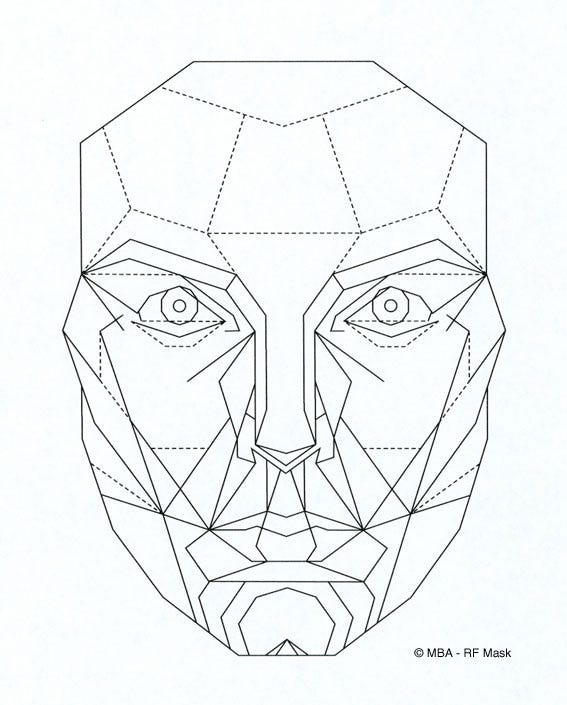Despite the fact I was aware that my brain is a house full of many rooms that do many different things, I was unaware that unconsciously my brain was making choices for me from either my system 1 or system 2.
David Kahneman (2001) discusses the concept of system 1 and 2 and the fact that we are living the majority of our lives and decisions within system 1. System 1 works automatically and very quickly. We don’t have voluntary control over when we use system 1 (Kahneman, 2001). Whereas system 2 provides analytical and slower processed thinking, more in depth into our real abilities and knowledge (Ranadive, 2017).
Here is an image which I feel displays key words and situations that the two systems work individually but also how they can also relate.
System 2 is activated in situations where System 1 does not have the answer (Kaheman, 2012). A scenario that we looked at in recent lecture in Discovering Maths, the question left me stuck in system 1 for a lot longer than what I would like to admit. it is as follows;
A cup and Teapot set costs £110. The teapot costs £100 more than the cup. How much does the cup cost?
Our first instinct and therefore the answer from our system 1 brain is £10, but this is wrong!
When we use our system 2 brain, we can make sense of the problem we can understand (long-story-short) that the correct answer is £5. (reference lecture notes) I find this concept interesting to look at when considering life decisions. Kruger and Wirtz (2005) discuss the concept that in exams or tests, our first answer comes from system1 – the instinct answer. however, if we then hum and hay about weather to stick with our first or analyse the question more and change it, we are in fact, increasing our chances of getting the answer wrong! Yep- that’s right, even if we think over this answer and dig deep into our brains, when we change the answer we shoot ourselves in the foot. I have been in situations myself when taking exams at school or even when completing the Education numeracy and literacy tests. When I am in doubt about my answer, I have sat before and dictated if I should in fact trust my gut or take a risk and change my answer. Kaplan (1999) says that we should exercise with great caution if we decide to change our answer. I wonder now, how many times my indecisiveness has cost me a mark or two in exams, or even a whole grade!
This concept made me think about how our lives could be lived or the impact it could have on day to day decisions, if we lived at all times in system 1 or all times in system 2. Experiments have been done that show if we are asked to retain a sequence of 7 numbers, told that this is the most important thing to remember (keeping occupied system 2). Then if we are asked questions such as what pudding we would prefer between the healthy fruit salad of calorie filled chocolate cake, we pick the cake. Our system 1 means that we make decisions that are impulse, less thought through and often more selfish (no name, 2012). Alcohol has the same impact also. So therefore, we may live a unhealthier life.
System 1 brains may result in us all making decisions that are not rational, not considerate of other people. How far would our system 1 brain allow us to take it? System 2 would mean that every single decision we make would be thought through, weight up and rationalised of every aspect. How long would bar ques be if we had to consider every single drink there?
Kaplan (1999) p.37 cited in Counterfactual Thinking and the First Instinct Fallacy. Available at: http://psych.colorado.edu/~vanboven/teaching/p7536_heurbias/p7536_readings/kuger_1stinstinct.pdf (accessed on 4.11.18)
J, Kruger and D, Wirtz (2005) Counterfactual Thinking and the First Instinct Fallacy. Available at: http://psych.colorado.edu/~vanboven/teaching/p7536_heurbias/p7536_readings/kuger_1stinstinct.pdf (accessed on 4.11.18)
J, Smith (2017) What is ‘System1’ thinking – and why do you need to learn it? Available at: https://observer.com/2017/09/what-is-system-1-thinking-and-how-do-you-do-it/ (accessed o n 4.11.18)
A, Ranadive (2017) What I Learned From ‘Thinking Fast and Thinking Slow’ Available at: https://medium.com/leadership-motivation-and-impact/what-i-learned-from-thinking-fast-and-slow-a4a47cf8b5d5 (accessed on 5.11.18)




